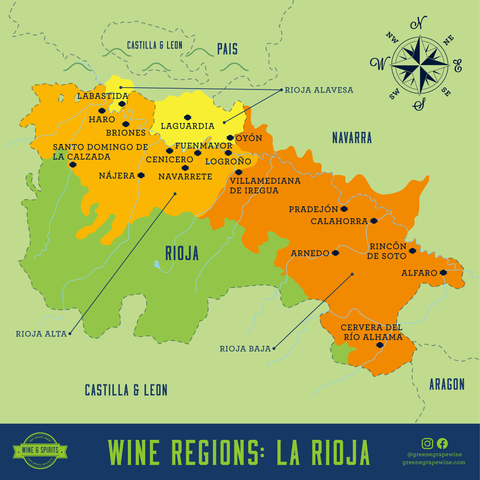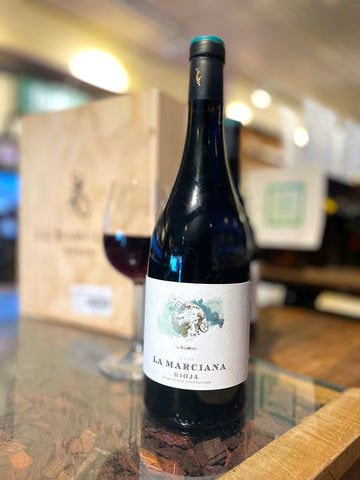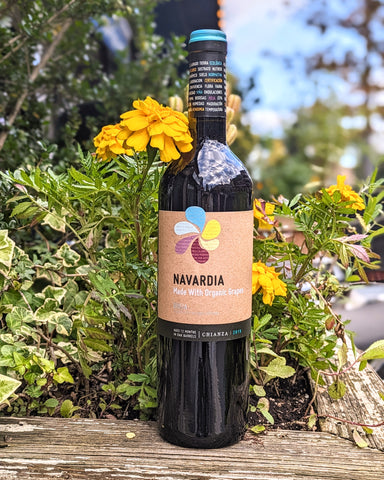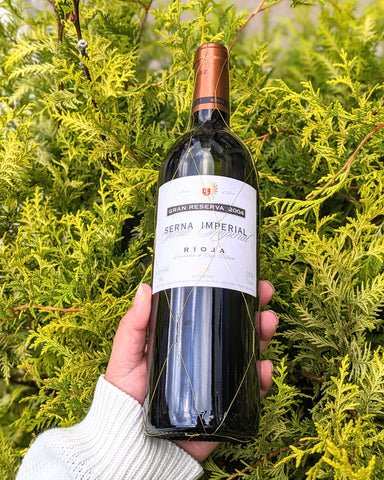Region Of The Week: La Rioja
Spain’s most famous wine region, the name Rioja is thought to be a blending of Río Oja, a river that joins with the Tirón and Ebro rivers. Although winemaking in Rioja predates the Roman conquest, the Romans did help improve the industry with their knowledge. Originally, white wines were prized over reds. It wasn’t until the 18th century, when the disasters of oidium and phylloxera were spreading in France, that Rioja shifted to Tempranillo and Cariñena (Carignan) as people started looking for red wines elsewhere. Once Bordeaux recovered, Rioja’s reign came to an end, especially since they also suffered from the phylloxera epidemic in 1899, which led to the loss of more than two-thirds of their vineyards.

Now, the Rioja region spans across a little more than 63,500 hectares, while Rioja DOCa covers part of Basque Country, Navarra, Castilla Y León, and most of La Rioja region. With a varying climate, Rioja produces fantastic wines made from Tempranillo, Garnacha, Cariñena, Graciano, Viura (Macabeo), and Malvasia. The three subregions within Rioja are Rioja Oriental (originally Rioja Baja), Rioja Alta, and Rioja Alavesa. The most eastern, Rioja Oriental has a more Mediterranean climate, producing wines that are designed to be drunk right away, showcasing a rounder, more lush fruit-forward wine. Meanwhile, Rioja Alta is located in the west with a more Continental climate. At a higher elevation, with cooler temperatures, wines from Rioja Alta are typically higher in tannin and acidity. Rioja Alavesa, consisting of two separate enclaves of land adjoining Rioja Alta, produces wines similar to Rioja Alta.
With 90% of Rioja’s wine production being red wine, it’s no surprise they take the quality and consistency seriously, which is why they have the Consejo Regulador DOCa Rioja, who inspects the wines. The four different wine style classifications are Rioja, Crianza, Reserva, and Gran Reserva.

Rioja
Wines within this category used to be called “vin joven,” which means “young wine,” as they’re typically in their first or second year. What they lack in structure, they make up for in freshness and zippy fruit notes.
Bodega Navarrsotillo La Marciana Rioja Garnacha 2019
Gil Berzal Buscando Lo Natural 2019
Gil Berzal Recoveco Rioja Blanco 2018
Taron Rioja Blanco 2021
Taron Rioja Tempranillo 2021

Crianza
Considered a high quality daily wine, these wines are aged for a minimum of one year in casks and a few months in the bottle. They’re aged in used oak barrels, so the oakiness isn’t that prominent. White wines in this category are aged for a minimum of 6 months in casks.
Bodegas Bagordi Navardia Rioja Crianza 2019
Lopez de Heredia Viña Cubillo Crianza 2015

Reserva
Wines are required to be aged for a minimum of three years with at least one year in the casks, although they are typically aged for longer than required. Winemakers use better grapes for this classification, which results in wines that taste “serious” with a good balance of fruit and oak.
Lopez de Heredia Viña Tondonia Reserva 2010 375ml
La Rioja Alta Viña Alberdi Rioja Reserva 2018
La Rioja Alta Viña Ardanza Reserva 2015

Gran Reserva
Producers only use exceptional vintages, which are required to spend two years in oak casks and three years in bottles. But wines can be over 10 years old before they hit the shelves. These wines have the most tannin structure and are extremely age-worthy. White wines in this category must be aged for a minimum of four years with one year in cask.

